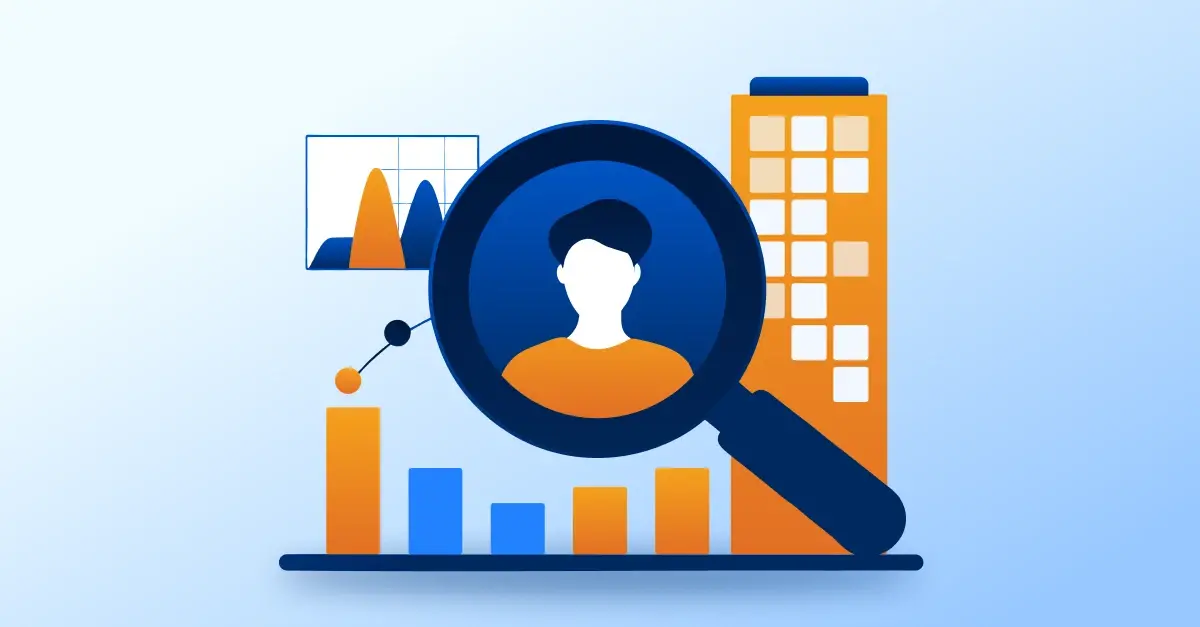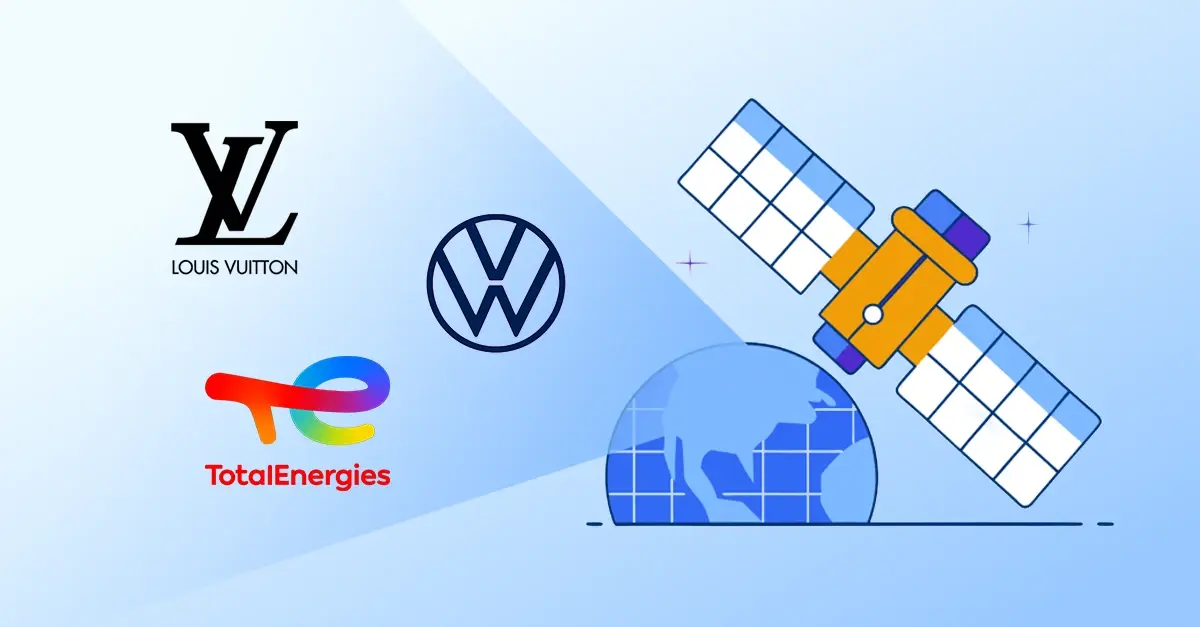1) High-Precision Digital Maps for Navigation
A fast-food chain uses polygons to map competitor locations and customer traffic trends. With insights into nearby establishments and demographics, they tailor menus and pricing to outperform competitors in specific regions.
2) Route Optimization for a Delivery Service
A logistics company leverages building polygons to enhance last-mile delivery efficiency. By understanding precise building shapes, entrances, and access points, they optimize delivery routes, reduce failed drop-offs, and improve overall operational efficiency.
3) 3D City Modelling for Urban Visualization
A geospatial firm uses our data to generate 3D city models. These models help city planners, architects, and emergency responders visualize urban environments in detail, supporting simulations for disaster response, traffic flow analysis, and urban development planning.
Polygons: Our database covers 114 million global polygons.
Global Reach: We provide polygon data for 220 countries.
Decades of Expertise: Backed by 30+ years of experience in curating and providing industry-leading datasets.
Trusted Reliability: Data validated continuously from diverse, authoritative sources for maximum accuracy and dependability.
In-Depth Details: The most comprehensive Polygon dataset, enriched with detailed, actionable data attributes.
AI-Enhanced Precision: Advanced AI ensures deduplication, attribute enhancement, and robust data enrichment.
.png?width=597&height=452&name=map_footprint%20(1).png)







